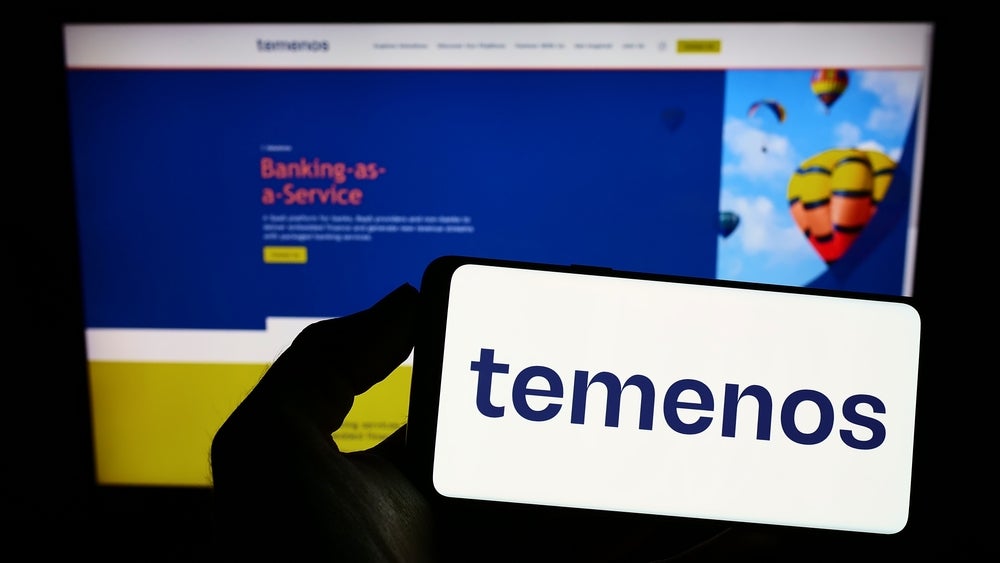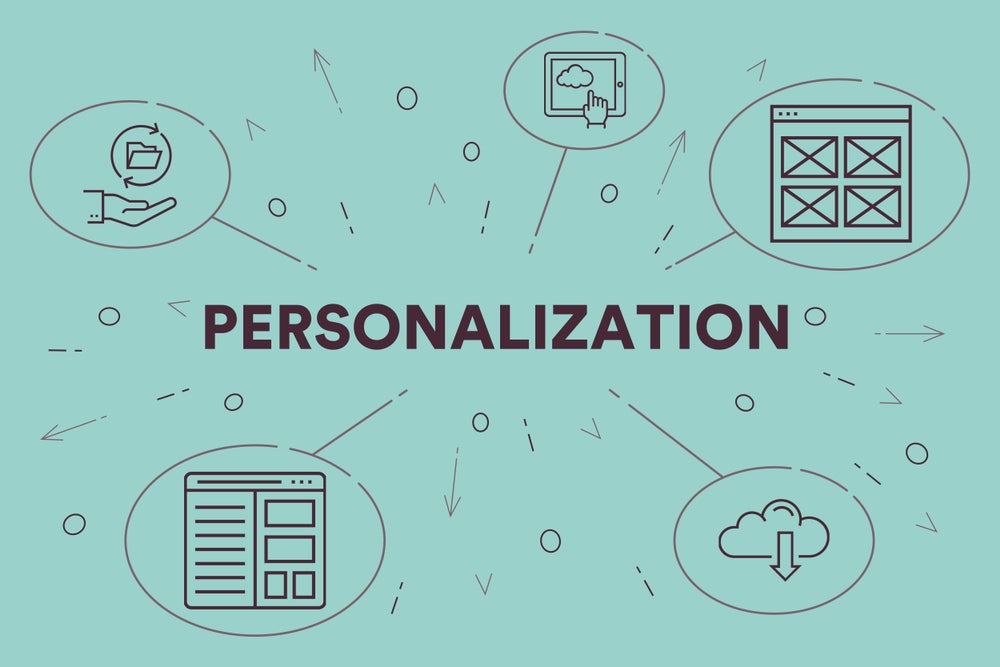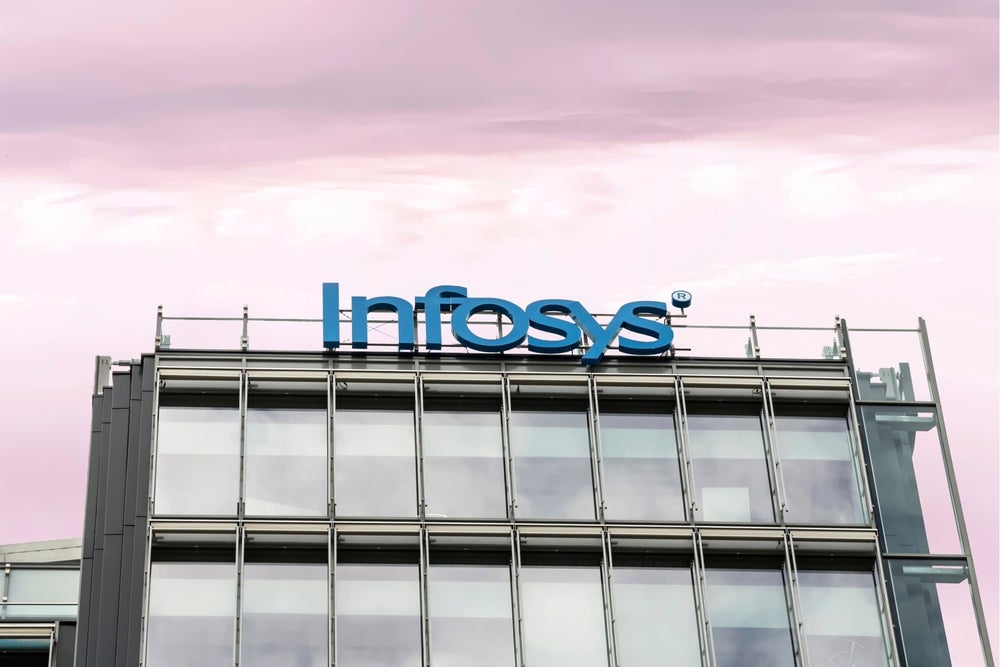The Bank of Montreal has filed a patent for a system that monitors and tracks user activities based on events in a security log. The system identifies specific events such as logon, logoff, and privileged events, and determines the start and end points of a user’s work based on patterns in these events. It then generates a heat map to visualize users’ work time length. GlobalData’s report on Bank of Montreal gives a 360-degree view of the company including its patenting strategy. Buy the report here.
According to GlobalData’s company profile on Bank of Montreal, 3D memory devices was a key innovation area identified from patents. Bank of Montreal's grant share as of June 2023 was 1%. Grant share is based on the ratio of number of grants to total number of patents.
Monitoring and tracking user work time based on log events
A recently filed patent (Publication Number: US20230208867A1) describes a method and computer system for analyzing user activity based on security log data. The method involves identifying specific events from a security log, such as logon events, logoff events, and privileged events, that occur between a user's computer and a server. The processor then determines the length of work within a defined time interval for the user by analyzing patterns in the log data. These patterns include situations where the number of logon events is greater than the number of logoff events, and the number of privileged events occurring during this pattern exceeds a certain threshold. Another pattern involves the number of logoff events being greater than the number of logon events, with a maximum difference between the two satisfying a second threshold.
The processor dynamically populates a heat map with a visual attribute corresponding to the length of work within the time interval. The visual attribute can represent the proportion of work to the time interval, a range of work lengths, or be represented by a color. The heat map consists of time intervals, each with its corresponding visual attribute.
The method also includes transmitting the length of work to a second server and displaying a project identifier associated with the user during their work time.
The computer system described in the patent includes a server with a processor and a non-transitory computer-readable medium containing instructions for performing the method. The system identifies events from a security log, determines the length of work within a defined time interval, and dynamically populates a heat map with a visual attribute representing the length of work. The visual attribute can be a proportion of work to the time interval, a range of work lengths, or a color. The system can also transmit the length of work to a second server, display a project identifier associated with the user, and calculate the start and end points of the user's work time based on specific event patterns in the log data.
Overall, this patent describes a method and computer system for analyzing user activity based on security log data and visualizing it using a heat map. The system can provide valuable insights into user behavior and work patterns, potentially aiding in security monitoring and project management.
To know more about GlobalData’s detailed insights on Bank of Montreal, buy the report here.
Premium Insights
From

The gold standard of business intelligence.
Blending expert knowledge with cutting-edge technology, GlobalData’s unrivalled proprietary data will enable you to decode what’s happening in your market. You can make better informed decisions and gain a future-proof advantage over your competitors.







